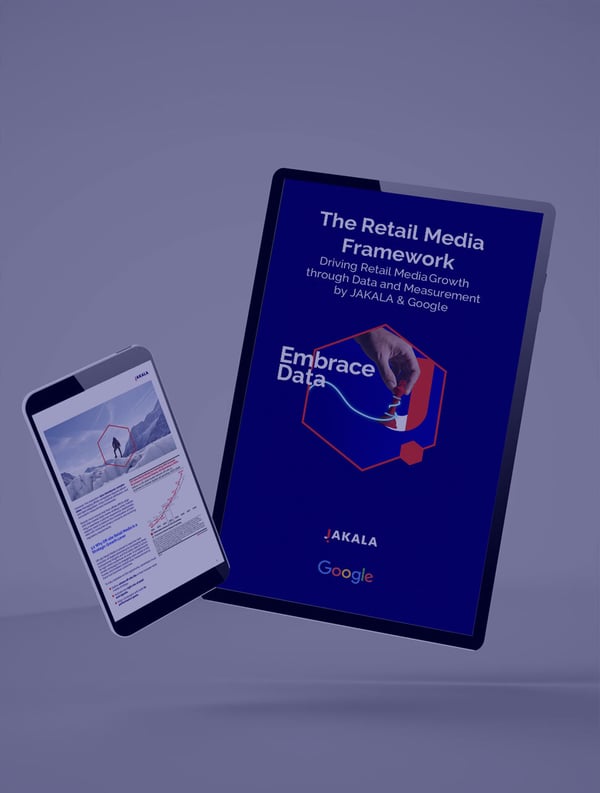It often happens, when tackling domain analysis, to find oneself facing various grey areas, a "middle ground" in which the defined boundaries of SEO and CRO begin to be more blurred, seeing one discipline influence the other and vice versa.
We could affirm that the clear separation between SEO and CRO is the legacy of an era that saw SEO as a strictly technical discipline, focused on algorithms, whilst CRO rooted itself in marketing psychology and UX.
Today, following Google's evolution and its updates that reward on-page experience and the ability to satisfy search intent, we see the two disciplines converge on common ground: the user.
Google, increasingly intelligent, intuitive and answer-oriented, no longer just rewards pages with the right keywords, but those that offer a high-quality experience which is, by definition, one that satisfies user intent quickly and effectively.
In the following paragraphs we'll see some of the main grey areas, how to understand them and what to do to optimise them at their best.
When in Rome, do as the Romans do
Let's start with the element at the base of every analysis: the research phase.
This is the foundation of every effective strategy and rests on two interconnected pillars: audience analysis and keyword analysis. Everything starts with the fundamental question: "for whom are we creating this content?".
The identification of detailed user personas, based on demographic, behavioural and psychographic data, is a strategic exercise that guides both SEO, allowing ideation of targeted content that responds to real questions, and CRO, orienting the design of an emotionally resonant user experience.
In a context where it's very easy to fall into assumptions dictated by our biases, putting oneself in a condition of active listening is necessary for the success of any strategy. In fact, it's precisely this deep understanding of the audience that transforms keyword research from a hunt for high volumes to an analysis of the exact language that users use to express needs and desires; an even more crucial aspect if we consider how much the way of searching online is changing, being increasingly oriented towards a conversational component.
For SEO, this translates into identification of keywords, topics and valuable content for CRO, providing the precise lexicon to use in titles and CTAs to create immediate "message match".
To summarise we could rely on the wisdom of popular sayings, "When in Rome, do as the Romans do", speaking with the same lexicon as the user reassures the visitor, confirms they're in the right place and builds the trust indispensable for conversion.
From research to action: the crucial role of user experience
And here the relationship between the two areas becomes even less abstract, when it comes to taking action there are many shared elements, starting from user experience, through content creation to tracking and measuring KPIs, but let's go in order.
One ring to rule them all: Core Web Vitals
Core Web Vitals are the parameters with which Google evaluates real user experience on a web page, so much so as to make them a decisive factor for positioning.
In practice, Google asks itself three questions:
- How fast is it? (Largest Contentful Paint - LCP)
- How responsive is it? (Interaction to Next Paint - INP)
- How stable is it? (Cumulative Layout Shift - CLS)
Mobile-first design
Consequently, a "mobile-first" approach has become non-negotiable; Google itself uses mobile-first indexing, which means that the mobile version of the site is the reference one for ranking.
Both for SEO and CRO, a poor mobile experience is a decidedly relevant obstacle for conversions, choosing to rely on user patience might not be a strategic choice for a simple reason: the 3-second threshold.
In practice, the probability that a user abandons a page increases by 32% if loading time goes from 1 to 3 seconds whilst, if a mobile site takes more than 3 seconds to load, 53% of visitors abandon it.
Orienting users in space: site architecture
Site architecture is therefore the point where machine and human objectives align perfectly: a site easy to understand for a user is, by definition, a site easy to interpret for a search engine.
For SEO, a clear structure allows search engines to crawl all pages efficiently (crawlability), interpret their hierarchy and correctly distribute value among them. Similarly, for CRO, the same structure guides users intuitively, reducing mental effort, creating clear paths and building the trust necessary to accompany them without obstacles towards conversion.
Content that attracts and converts
The last point we'll address in this article concerns the strategic meeting point where relevance required by SEO merges with persuasion indispensable for CRO.
Content optimisation, in fact, begins even before users visit the site, directly in the SERP. Here, titles and meta descriptions act as a shop window: they must unite SEO optimisation (keywords, correct length) with persuasive copy (CRO) to maximise Click-Through Rate (CTR) from the search page. Once on site, landing page copywriting continues the work confirming relevance to Google thanks to clear, scannable and convincing texts to guide users towards conversion. It's a fluid journey where relevance generates the click and persuasion the action.
At the end of all these words and after our journey through meeting points and dialogue between these disciplines, the concept to take home is one, SEO and CRO are not adversaries competing for resources, but strategic partners in a unified process that puts the user at the centre, operating on the same digital elements and feeding each other in a continuous cycle of optimisation.





